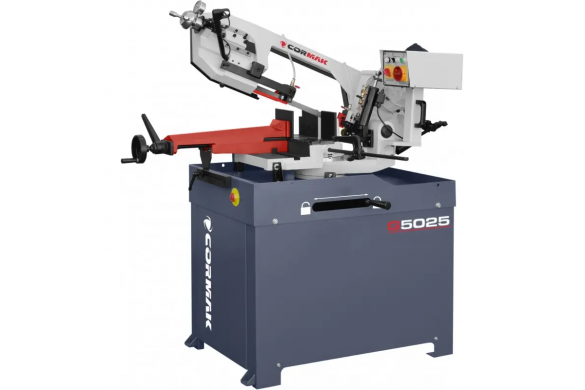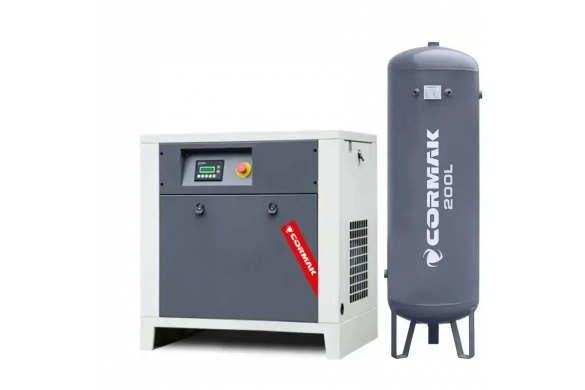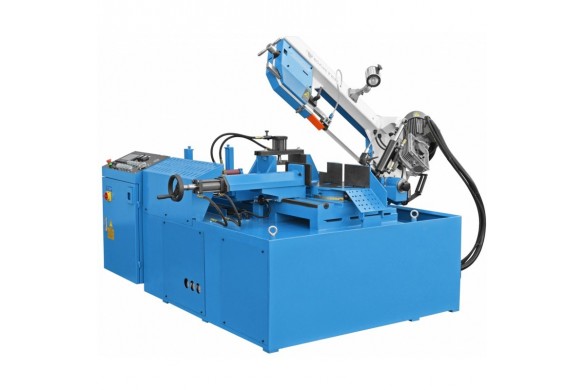Screw or vane compressor. Comparison

Air compressors are indispensable devices in many industries. So the question is: which version of the compressor is better: screw or vane? Choosing the right model can affect work efficiency, operating costs, and equipment longevity. The most common solutions are screw and vane compressors. Each of these technologies has its advantages and disadvantages that should be analyzed before making a choice.
In this article, you will learn:
- How do screw and vane compressors work?
- Screw vs vane compressor – key differences
- Screw or vane compressor – which one to choose?
How do screw and vane compressors work?
Screw Compressor
Screw and vane compressors use different operating mechanisms. Screw compressors work with two rotating screws that draw in and gradually compress the air. This mechanism ensures high efficiency and stable pressure. There are two main types of screw compressors:
- Oil-lubricated – require lubrication for better sealing and cooling.
- Oil-free – used where air purity is crucial.
Vane Compressor
Screw or vane compressor? Before answering that, it’s worth understanding how vane compressors work. They use a rotor with mounted vanes that change the volume of the compression chamber. Air is gradually compressed, ensuring smooth operation and high energy efficiency.
Screw vs vane compressor – key differences
The choice between a screw and vane compressor depends on many factors, such as efficiency, durability, operating costs, and intended use. Both types compress air but differ in construction, operation, advantages, and disadvantages. Key aspects to consider when choosing a screw or vane compressor:
Energy efficiency
- Vane compressors are more energy-efficient at low speeds.
- Screw compressors perform better under high air demand.
Operating cost
- Screw models require regular oil and filter changes.
- Vane compressors have fewer wear parts, reducing service costs.
Durability and reliability
- Vane compressors handle continuous operation better, run quieter, and deliver higher air quality.
- Screw compressors work well under long, continuous load, but may be slightly less reliable in extreme conditions.
Initial cost
- Vane compressors are more expensive but offer better air quality and quieter operation.
- Screw compressors have a lower upfront price but may be less efficient in long-term continuous use.
Applications
- Screw compressors dominate in heavy industry. They're used in CNC machines and metalworking machines.
- Vane compressors are common in workshops and smaller facilities.
Screw or vane compressor – which one to choose?
The choice between a screw and vane compressor depends on key factors such as usage intensity, operating costs, required performance, and stability. Both types have their strengths and weaknesses, so it’s worth tailoring the choice to specific needs.
If you need continuous, high air demand, the vane compressor may be better. But if energy efficiency and lower operating costs are essential, the screw compressor is worth considering.
Where to buy the right compressor?
If you're looking for reliable compressors, industrial machine manufacturer Cormak offers various models. Their range includes high-quality screw and vane compressors, as well as high-pressure compressors. The company also provides other industrial machines, such as sheet metal machines, woodworking machines, and transport devices.
Summary
The choice between a screw and vane compressor depends on your company’s needs. If you prioritize long lifespan and pressure stability, the vane compressor is a better choice. But if energy efficiency and lower operating costs are key, go for the screw compressor. Check Cormak’s offer, explore their range, and if needed, consult experts when choosing between screw and vane compressors. Choose the best solution for your business.





